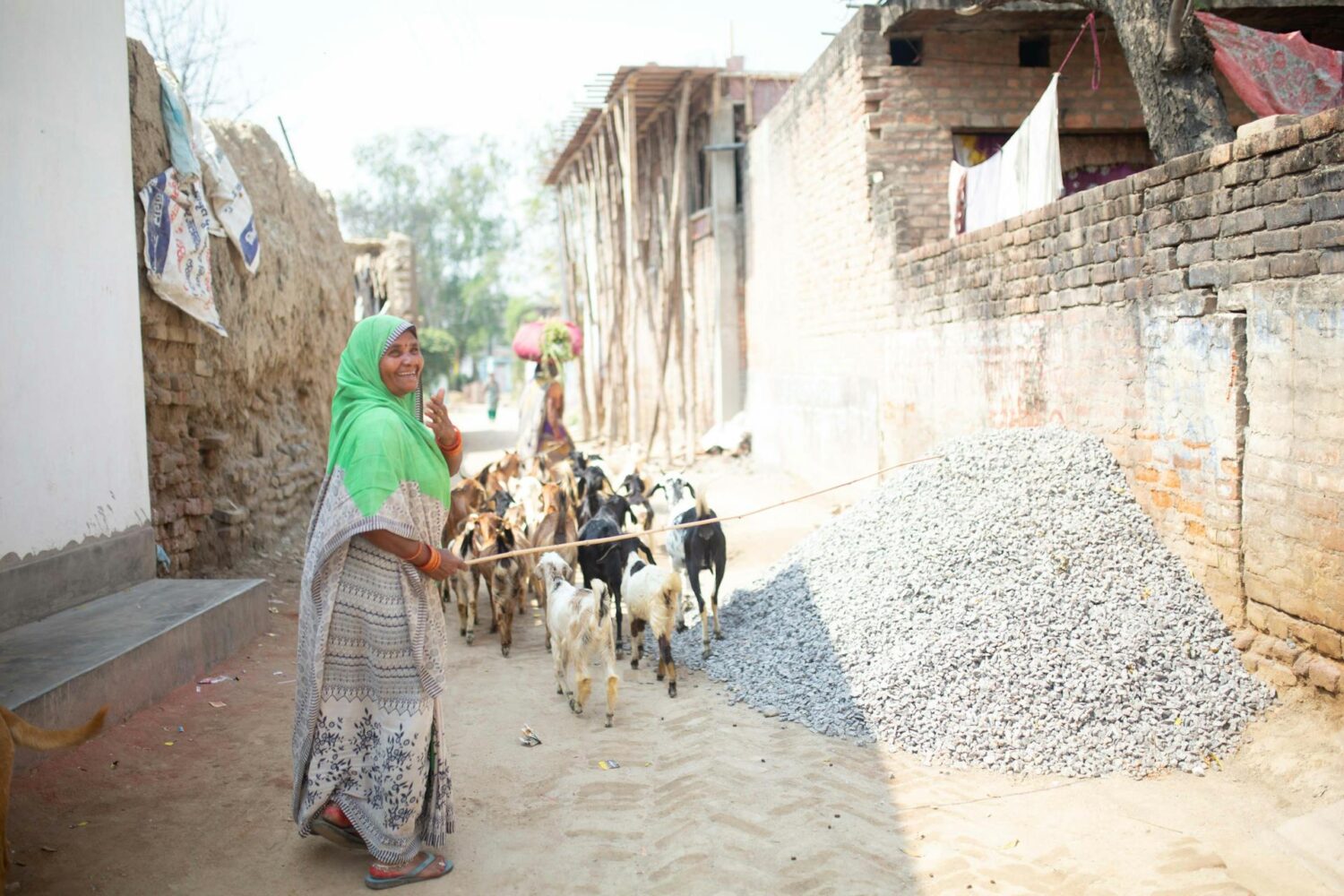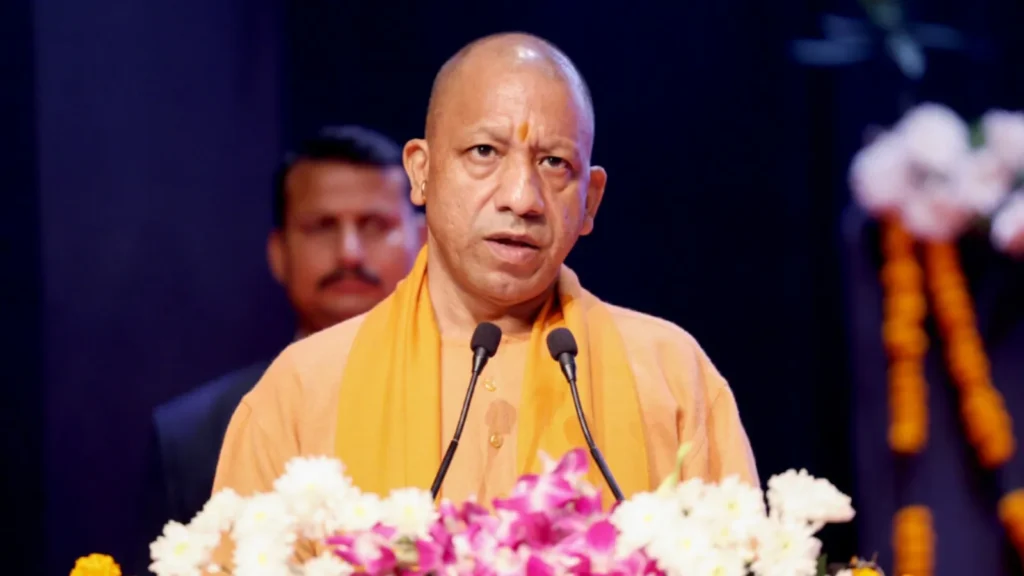Uttar Pradesh (UP), India’s most populous state, has undergone a remarkable transformation under the leadership of Chief Minister Yogi Adityanath. Since assuming office in 2017, Adityanath has positioned UP as a burgeoning hub for foreign direct investment (FDI), leveraging improved law and order, investor-friendly policies, and ambitious infrastructure development. This article explores the surge in FDI across various sectors, the gap between Memoranda of Understanding (MoUs) and realized investments, Yogi Adityanath’s meteoric rise, and the future trajectory of UP’s economic journey. For more insights into investment opportunities, visit www.ytcventures.com.
FDI Inflows in Uttar Pradesh: A Sector-Wise Breakdown
Uttar Pradesh has emerged as a leading destination for FDI in northern India, with significant inflows between 2019 and 2023, surpassing 22 other states, including Andhra Pradesh and Punjab. According to the Department for Promotion of Industry and Internal Trade (DPIIT), UP attracted approximately ₹11,000 crore (US$1.38 billion) in FDI between October 2019 and June 2023, a fourfold increase compared to the ₹3,018 crore received from 2000 to 2017. Key sectors driving this growth include:
Hiranandani Group’s ₹9,100 crore data centers in Noida and Microsoft’s ₹2,100 crore software development center.
The Adani Group’s ₹4,900 crore project.

- Automobile and Electric Vehicles (EVs): UP is the third-largest automobile consumer in India, with 9.65 lakh registered EVs by 2024, accounting for 20.12% of India’s EV stock. Investments include Ashok Leyland’s EV bus plant in Lucknow and Lohum’s battery manufacturing unit in Greater Noida. The state’s 450+ active EV charging stations and plans for a GIS-based dashboard reflect its commitment to sustainable mobility.
- Information Technology (IT) and Electronics: The IT sector is a cornerstone of UP’s economic vision. Major projects include Hiranandani Group’s ₹9,100 crore data centers in Noida and Microsoft’s ₹2,100 crore software development center. US-based fintech and IT firms, such as Infinite Computer Solutions (₹5 billion investment in Noida and Lucknow), are also eyeing UP.
- Defence and Aerospace: The Defence Industrial Corridor, spanning Lucknow, Kanpur, Jhansi, Aligarh, Chitrakoot, and Agra, has secured over 150 contracts worth ₹24,000 crore, creating an estimated 40,000 jobs. This aligns with India’s “Aatmanirbhar Bharat” initiative for indigenous manufacturing.
- Manufacturing and Infrastructure: Companies like Fuji Silvertech (precast concrete) and Sify Infinite Spaces (data centers) are benefiting from subsidized land allotments under the 2023 FDI Policy. The state’s robust connectivity, with 48 national highways and six airports, supports industrial growth.
- Renewable Energy: UP’s Solar Energy Policy 2022 aims to produce 16,000 MW of renewable energy by 2026–27. The state has attracted FDI in solar projects, such as the 600 MW Jhansi Solar Park by TUSCO Ltd.
- Agriculture and Food Processing: With agriculture contributing over 25% to UP’s GSDP, investments in agro-based industries and food processing are rising. The Adani Group’s ₹4,900 crore project is a notable example.
- Mining: Major corporations like Tata, Adani, JSW, and Ultratech have shown interest in UP’s mining sector, driven by transparent policies and technological advancements.

MoUs vs. Real Investments: Bridging the Gap
The UP Global Investors Summit (GIS) 2023 was a landmark event, attracting investment proposals worth ₹40 lakh crore (US$480 billion). These MoUs signal strong investor confidence, but the conversion to actual investments remains a challenge. As of October 2024, projects worth ₹12 lakh crore have been implemented, with ₹10 lakh crore grounded from the GIS 2023 proposals.
The gap between MoUs and realized investments stems from several factors:
- Implementation Challenges: Large-scale projects, especially in high-tech sectors like semiconductors, require time for land acquisition, regulatory approvals, and infrastructure development. None of the 12 proposed projects in UP reported commencement as of March 2023.
- Sectoral Disparities: FDI inflows are concentrated in urban areas like Noida and Greater Noida, particularly in IT and financial services, while rural regions lag.
- Policy and Execution: The state has introduced investor-friendly policies, such as the UP Industrial Investment & Employment Promotion Policy 2022 and the FDI Policy 2023, offering subsidies on land, capital, and taxes. However, bureaucratic hurdles and delays in land conversion can slow progress.
Despite these challenges, UP’s proactive measures, such as the 2023 FDI Policy amendment allowing incentives for both equity and loan-based investments, are closing the gap.

The policy targets Fortune 500 companies with incentives like 75–80% land subsidies and capital investment support, boosting realization rates.
The Rise of Yogi Adityanath: From Monk to Economic Reformer
Yogi Adityanath, born Ajay Mohan Singh Bisht in 1972 in Uttarakhand, has emerged as one of India’s most polarizing yet transformative political figures. His journey from a Hindu monk to the longest-serving Chief Minister of Uttar Pradesh (UP) is a testament to his resilience, strategic vision, and ability to navigate complex socio-political landscapes. Since assuming office in 2017, Adityanath has redefined UP’s trajectory, blending cultural conservatism with economic ambition, making the state a magnet for foreign direct investment (FDI) and a hub for industrial growth. For investors looking to capitalize on UP’s economic boom, visit www.ytcventures.com for opportunities.
Early Life and Ascetic Beginnings
Adityanath’s early life was rooted in simplicity and spirituality. Raised in a Rajput family, he pursued a degree in mathematics before embracing asceticism under Mahant Avaidyanath at Gorakhnath Math in Gorakhpur. As a disciple of the Nath tradition, he became deeply involved in the Ram Janmabhoomi movement, advocating for the construction of the Ram temple in Ayodhya. His fiery oratory and organizational skills earned him a loyal following, particularly among the youth and Hindu nationalist groups.In 1998, at age 26, Adityanath entered politics, becoming the youngest Member of Parliament from Gorakhpur, a seat he held for five consecutive terms. His leadership of the Hindu Yuva Vahini, a youth organization, amplified his influence in eastern UP, where he championed Hindu cultural causes while addressing local issues like lawlessness and unemployment.
Political Ascendancy and Governance
Adityanath’s appointment as Chief Minister in 2017, following the Bharatiya Janata Party’s (BJP) landslide victory in UP, marked a turning point. Known for his saffron robes and unapologetic Hindutva stance, he was initially perceived as a polarizing figure. However, his governance style—marked by decisive action, administrative reforms, and a focus on development—has reshaped perceptions.His administration prioritized law and order, a critical factor in attracting FDI. Initiatives like “Operation Clean” reduced crime rates, with over 180 criminals neutralized in encounters and thousands arrested between 2017 and 2023. This improved security environment bolstered investor confidence, positioning UP as a safe destination for capital. Adityanath’s “zero tolerance” policy on corruption and streamlined bureaucratic processes further enhanced the state’s business climate.

Economic Reforms and FDI Surge
Under Adityanath, UP has transitioned from a “BIMARU” state—lagging in development—to a powerhouse of economic growth. His government’s investor-friendly policies, such as the UP Industrial Investment & Employment Promotion Policy 2022 and the FDI Policy 2023, have attracted over ₹11,000 crore in FDI from 2019 to 2023, a fourfold increase from the previous 17 years.
The Global Investors Summit (GIS) 2023 secured MoUs worth ₹40 lakh crore, with ₹12 lakh crore already implemented by October 2024.Adityanath’s focus on infrastructure—48 national highways, six operational airports, and the 1,255-km Ganga Expressway—has made UP a logistics hub. Sectors like IT, EVs, defense, and renewable energy have seen significant investments from global giants like Microsoft, Ashok Leyland, and Adani Group. His vision for a trillion-dollar economy by 2027 hinges on sustaining this momentum, with UP’s GSDP growing from ₹12.48 lakh crore in 2017 to ₹25.48 lakh crore in 2023–24.
Cultural and Political Legacy
Adityanath’s blend of cultural conservatism and economic pragmatism has solidified his stature. The completion of the Ram temple in Ayodhya in 2024, a decades-long promise, boosted his popularity and UP’s tourism potential, with Ayodhya emerging as a spiritual and economic hub. His ability to balance Hindutva with development has made him a key figure in the BJP’s national strategy, often seen as a potential successor to Prime Minister Narendra Modi.

Critics, however, point to concerns over social polarization and uneven development, with FDI concentrated in urban centers like Noida. Yet, Adityanath’s mass appeal, rooted in his monk-turned-reformer image, remains unmatched, evidenced by the BJP’s continued electoral success in UP.
What’s Next for UP?
Adityanath’s vision for UP extends beyond 2025, aiming for a trillion-dollar economy by 2027.
Key priorities include:
- Industrial Expansion: Scaling up the Defence and Jewar Industrial Corridors, with projects like Tata’s semiconductor plant and BrahMos missile manufacturing.
- Sustainable Development: Achieving 22,000 MW of renewable energy by 2030, with solar parks and green hydrogen initiatives.
- Digital Transformation: Expanding IT hubs in Noida, Lucknow, and Varanasi, with data centers and AI-driven governance.
- Inclusive Growth: Bridging the urban-rural divide through agro-based industries and rural infrastructure.
- Tourism and Culture: Leveraging Ayodhya’s spiritual appeal and Kashi Vishwanath Corridor to drive tourism revenue.
UP’s economic ascent under Adityanath offers immense opportunities for investors. YTC Ventures provides a gateway to explore these prospects, connecting investors with high-growth sectors in UP. As Adityanath continues to steer the state toward prosperity, UP is poised to become a global economic powerhouse, blending tradition with modernity.
For investment insights and to tap into UP’s growth story, visit www.ytcventures.com today.

Comments